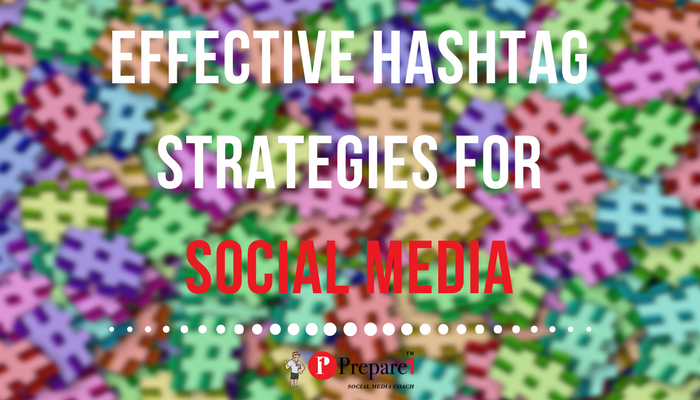
Are you familiar with the # symbol and how it’s used?
Would it surprise you to learn that it turned 10 in October 2017?
The pound sign wasn’t always known as a hashtag, nor was it always used to group messages on Twitter.
But now that the symbol has been established as a hashtag, it’s changed the way we communicate, both online and in the real world.
Hashtags are everywhere. They are used by millions across all social media platforms.
But the concept of tagging social media groups or topics with a hashtag is credited to one man, Chris Messina.
HASHTAG’S
What are they? Can anyone create one?
Is it the wild west out there?
WHETHER YOU FIRST knew # as a number sign, the pound symbol, or a tic-tac-toe board, its incarnation as the hashtag has changed language for millions around the world.
In the span of a little over 10 years, hashtags went from being a useful tool known in programmer culture to a mainstream organizational device for online content.
To the uninitiated…anyone can create a hashtag, No rules. You just put # symbol then whatever words you want after that without spaces. Dust off your creativity, yours just be a trending one.
Stowe Boyd, who published the first known use of the word “hashtag,”told Wired that the name “hashtag” comes from programmer culture because he and his friends would refer to the symbol as the hash, not the pound sign.
Today, the symbol is so pervasive in social media that almost every major social media platform supports some functionality for the hashtag.
But the concept of tagging social media groups or topics with a hashtag is credited to one man, Chris Messina.
He’s a product designer who has been working in Silicon Valley for more than a decade. While running an internet consulting company in 2007, he had an idea.
CHRIS MESSINA FOUNDER HASHTAG’S
“There was a small group of us in San Francisco using an early social network called Twitter,” Messina said. “We were thinking Twitter needs some kind of group organizing framework.”
He got the idea of using a hashtag from Internet chat rooms that had a pound symbol in front of them. He decided to pitch the idea to Twitter, but the company told him it was “nerdy” and that it would never catch on.
The beauty of # Hashtags are that you can enter #(whatever) and it will filter out all conversations except those focused using that hashtag. Twitter and Instagram are probably the most used social media platforms with hashtags. TIP, the sweet spot for hashtag’s on Instagram is 11…Ugh. Hey it works if you want to be found.
Facebook on the other hand has been using hashtag’s for a few years, but they don’t get it.
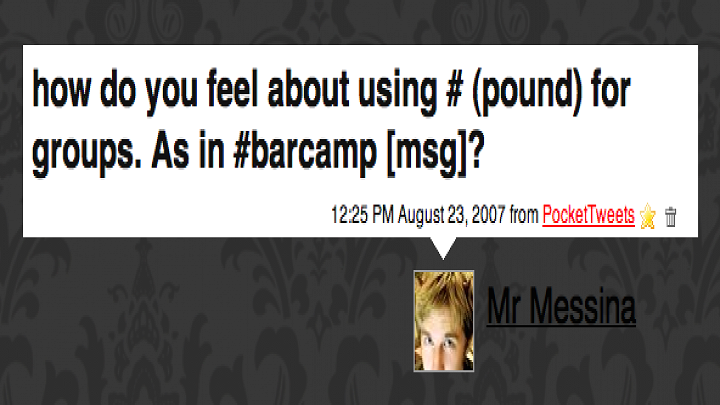
Twitter did not always have a hashtag feature. In its early days, users complained that it was a bit of a free for all and that they were seeing irrelevant content. Looking for a solution to this problem, Chris Messina took inspiration from IRC and unleashed the first Twitter hashtag on August 23, 2007. However, the hashtag wouldn’t take off until the 2007 California wildfires in October 2007.
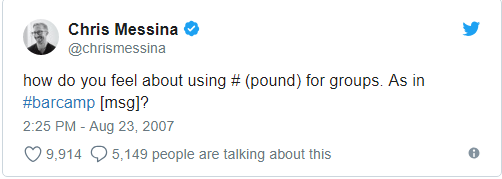
Understand the Type of Hashtag Strategy You are Using
There are three types of marketing strategies for hashtags. These are:
- brand and campaign specific,
- trending and
- content hashtags.
To begin with, brand and campaign hashtags are specific tags that one makes for his own business. They are used to market your products or to promote a certain brand your business deals with.
When using these hashtags, you should make a brand hashtag that is unique and consistent with your business or organization. Use your tag as your representative and get people to use them to promote your product too. Once you have created them, you should check them to respond to those using them. A good example of a brand hashtag is #royalmabati which is used to market iron sheets on social media.
Secondly, trending hashtags include topics that have become popular and what people are talking about in every corner. When you see a trend relating to your business, you should engage in it by using the tag. Using trending hashtags potentially gets your message seen by a massive audience. For instance, if you sell burgers you can take part in the #burgerstrending, like AndrewTUCCI.
Lastly, content hashtags are hashtags you use in your posts and which simply relate to your post content. They include, among others: product, lifestyle, even and location hashtags. For example, if you are selling coffee, you can post your best coffee images using #streetcoffee.
Product or Service Hashtag: GoPro
Multi-product or service companies use hashtags to highlight different aspects of their brand. This is an especially useful strategy if your products or services have different audiences. In a way, this is similar to a branded hashtag as these separate products or services might have their own brand.
Product or service hashtags can help consumers do research on a product. If a company offers multiple products, it can be troublesome to sift through many photos just to find the few you may be interested in. A company may use both a branded hashtag and a product hashtag in a post.
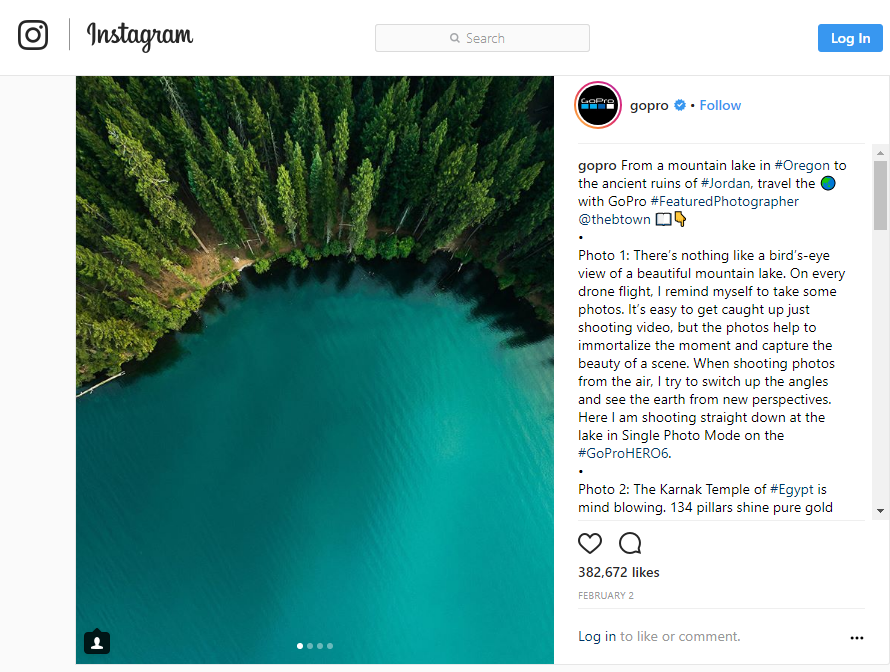
TRACKING HASHTAGS
There are various hashtag tracking tools available to you. Depending on which kind of hashtag you’re using, you may use only one or a combination of any of the below methods:
1. Outbound Hashtags
Reports like Sprout’s Instagram Outbound Hashtag Performance are good at helping you determine your most engaging hashtags. This is helpful if you’re testing between different branded hashtags.
HASHTAG DOS AND DON’TS
- Use relevant and effective terms.
- Research on trending topics.
- Create your hashtag to match your brand.
- Only use acronyms if they make sense or are well-known.
- Check the setting on your social media accounts to make sure the public (not just your followers) see your posts.
- If you have a long hashtag, try capitalizing the first letter of every word to avoid confusion: #tributemediatuesdaytip looks more confusing than #TributeMediaTuesdayTip.
- #hash#tag#every#word#of#your#post; typically, 3-5 hashtags per post is sufficient and acceptable. Too many hashtags and your posts look unpleasant and boring to readers.
- Do not make your post one large hashtag. They are hard to read and can become misleading and confusing.
- Do not repeat your hashtag multiple times in the same post. It doesn’t help.
- Repeating the same hashtag in every post has not proven to be effective on any platform.
FINAL THOUGHTS
You wouldn’t think so, but there’s a world of opportunities that lie with using hashtags in social media. Learning how and when to use them properly is central to getting brand exposure, but it’s isn’t just about how your audience can help you, you need to look at how hashtag engagement can help your audience.
Key hashtags takeaways for social media are
1) It’s better if they’re short, precise and simple to spell,
2) they give your audience a clear idea about the topic of the conversation and
3) they’re memorable, maybe utilising alliteration – #TuesdayTip or rhyme – #SundayFunday and even wordplay – #Friyay can help with this!


Blair Evan Ball is a Social Media Coach and founder of Prepare1, a company that works with businesses, individuals and non-profits. He is a former executive with a Fortune 50 company, and his national division did $1Billion+ in sales annually.
Blair has written three e-books: Facebook for Business Made Easy, Facebook Pages for Business Made Easy, and WordPress Blog Setup Made Easy.
Blair also educates, trains entrepreneurs and business professionals how to amplify their brand, increase revenues, and raise more funds.
![[Study] How Will Businesses Change Their Social Media Activities 5 Golden Rules for Sharing on Social Media](https://www.prepare1.com/wp-content/uploads/2014/03/COACH-logohat-162x300.jpg) The Race is ON! | PREPARE | Get into the Game and WIN!
The Race is ON! | PREPARE | Get into the Game and WIN!




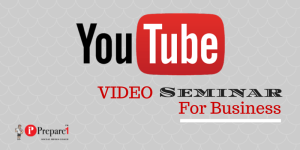
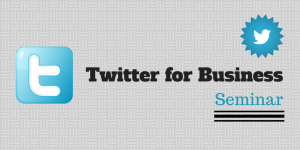
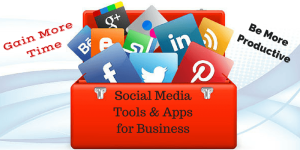
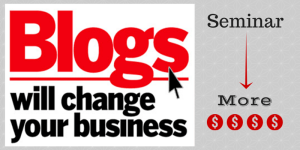
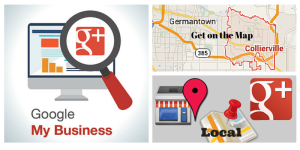

Comments on this entry are closed.